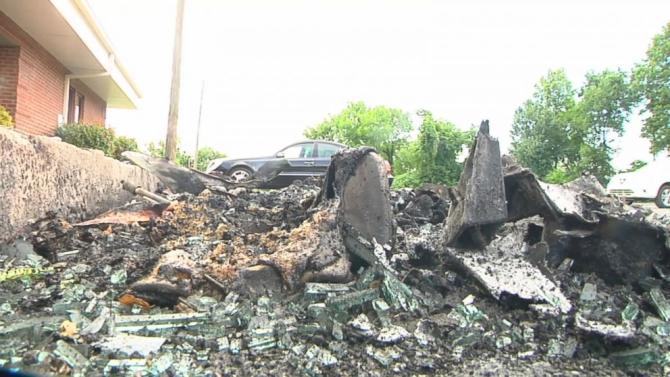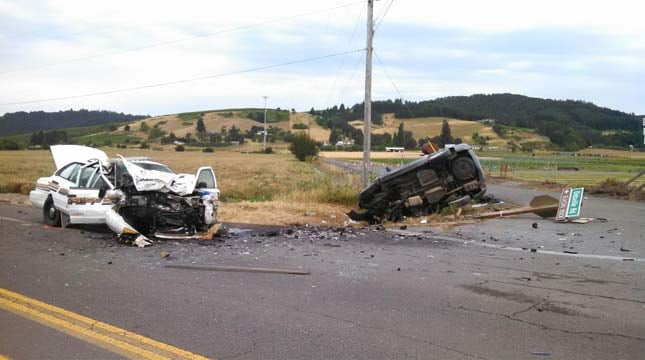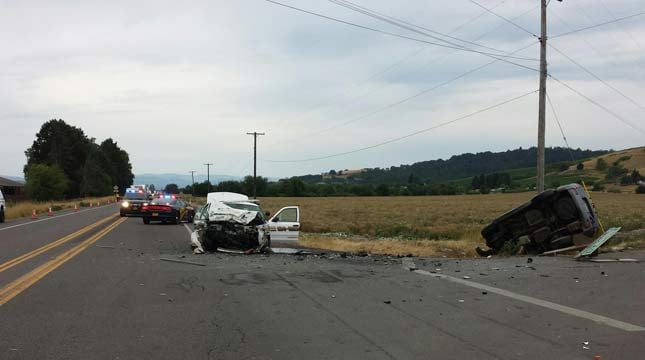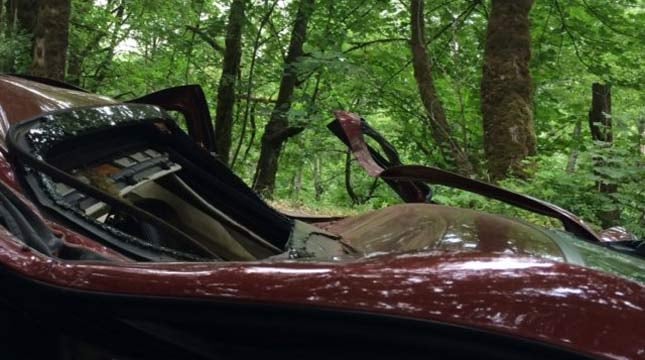String of Fires at 6 Predominantly Black Churches Scrutinized
A string of churches
with predominantly black congregations – from Florida to Tennessee --
has reported fires in the past week, officials say.
So far only two of the six cases are being investigated as arson, and federal authorities have not launched any official hate crime investigations.
Charleston Church Pastor Remembered After VP Biden VisitCharlotte Church Fire Was Arson, But No Hate Crimes Investigation 'At This Time,' FBI SaysArson was a notable problem for black churches in the mid-1990s and prompted then-President Bill Clinton to push for the creation of the Church Arson Prevention Act in 1996, though a related U.S. Department of Justice task force was suspended at the end of his second term.
This week's fires come amid a tense time in some Southern cities after a shooting by an alleged racist at a historic black church in Charleston, South Carolina, left nine dead. The result has been a push for the removal of the Confederate flag from several state Capitols amid reignited debates over the region's racial history.
A senior official from the U.S. Bureau of Alcohol, Tobacco, Firearms and Explosives said they have special agents, certified fire investigators, looking into the different fires.
"At this time, ATF has not determined the fires are related. We are still determining origin and cause so we cannot say all are arson," the official told ABC News.
The ATF is also reportedly checking the fires against its Bomb Arson Tracking System to see whether there are any commonalities among the fires.
Mark Potok, a senior fellow at the Southern Poverty Law Center in Montgomery, Alabama, a hate group-monitoring organization, said only three of the six fires appear to be true cases of arson. And while those three -- in Tennessee, Georgia and North Carolina -- may have been intentionally set, he said he believes it's unlikely they were done in an organized and unified fashion.
"I think it's very unlikely,in terms of a conspiracy," he told ABC News.
"It's entirely possible, perhaps even likely, that some of these churches were attacked because of all that's happened in the past three weeks," Potok said in reference to the debate over the continued use of the Confederate battle flag.
The first fire was reported at the College Hill Seventh Day Adventist Church in Knoxville, Tennessee, on Sunday, June 21. Stacks of hay and soil were placed against the church's metal doors and set on fire, according to ABC affiliate WATE-TV.
"I see this and I think of an intention to try to destroy this entire church," Pastor Cleveland Hobdy III told WATE.
Knoxville Police Department spokesman Darrell DeBusk told WATE that it has been deemed an incident of vandalism and not a hate crime because, in most hate crime cases, the suspect leaves a message or indication of the reason behind the attack and no such mention was found in this case.
The second church was in Georgia two days later, and Macon Bibb County Fire Chief Marvin Riggins told station WMAZ that it was suspicious and is being investigated as an arson.
Fruitland
Presbyterian Church in Gibson County, Tennessee, was also set on fire
that same day and officials have not released any updates about the
investigation, nor did they immediately return ABC News' calls. Fire
Chief Bryan Cathey told ABC affiliate WBBJ-TV
that there were some questions about whether it was an accidental fire
because residents recalled there being several lightning strikes in
the area around the time of the fire.
The
fourth fire burned down a portion of the Briar Creek Road Baptist
Church in east Charlotte, North Carolina, in the early morning hours of
June 24, and investigators immediately classified it as arson.
"We
completed our work on the scene and determined this was intentionally
set," Charlotte Fire Department senior investigator David Williams told
The Associated Press of the $250,000 worth of damage.
The
investigations into the final two churches that reported fires Friday
June 26 are still underway and their respective cause has not yet been
determined. Both the state law enforcement agency and the FBI are
looking into the Glover Grove Missionary Baptist Church fire in
Warrenville, South Carolina, according to the AP.
Further
south, the state fire agency is also looking into the blaze at Greater
Miracle Temple in Tallahassee, Florida, that caused an estimated
$700,000 in damage early Friday morning, according to the Tallahassee Democrat.
No injuries were reported at any of the fires













